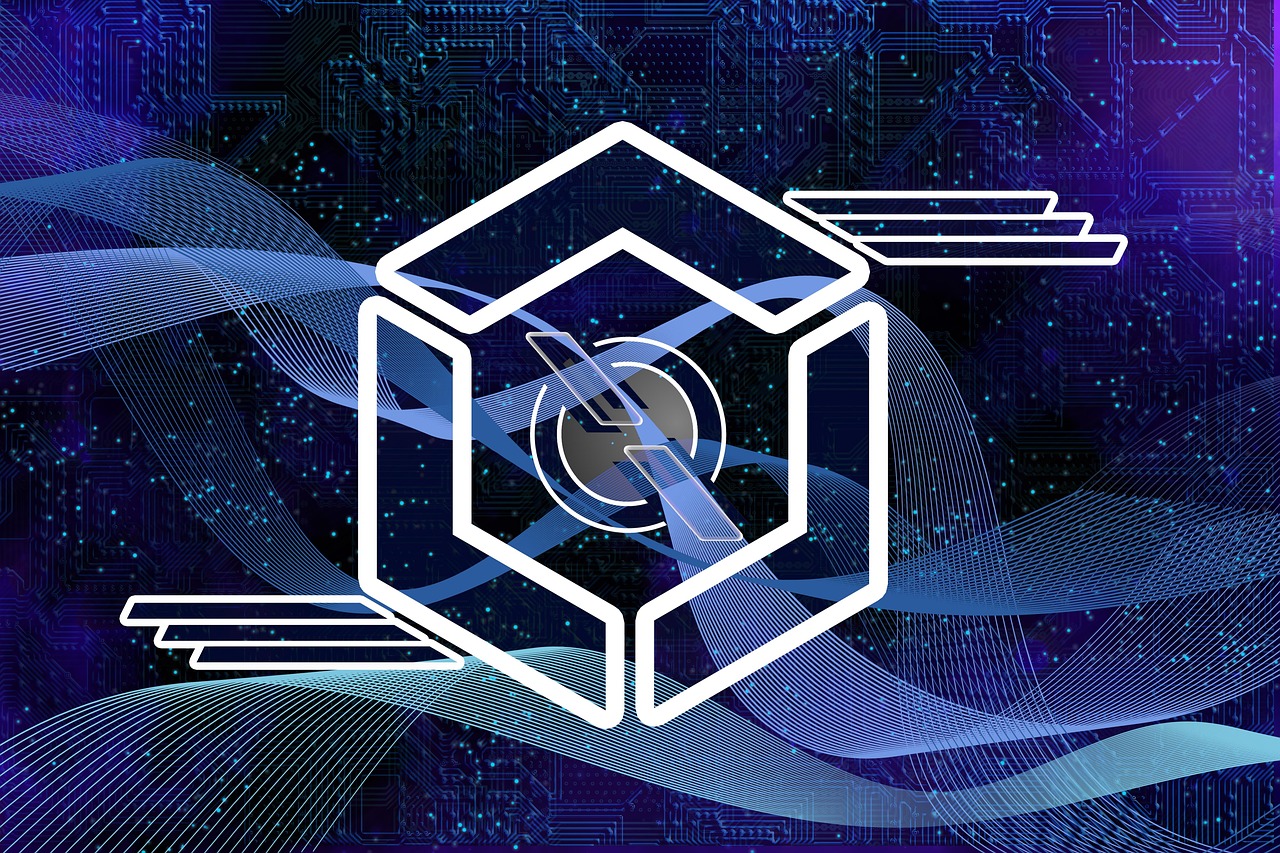Machine learning is a method of teaching computers to learn from data and make predictions or decisions without being explicitly programmed.
Think of it like this: Imagine you want to teach your friend how to recognize different types of fruits. You could show your friend pictures of different fruits, and they would learn what a banana or an apple looks like. Similarly, in machine learning, a computer is shown examples of data and learns to recognize patterns or make predictions based on that data.
There are three main types of machine learning: supervised learning, unsupervised learning, and reinforcement learning.
In supervised learning, the computer is given labeled data and uses that data to learn to make predictions about new, unseen data. For example, if you wanted to teach a computer to recognize handwritten digits, you would give it labeled data, such as images of handwritten digits with their corresponding numerical label. The computer would then learn to recognize the pattern of each digit and predict the label of new, unseen images of handwritten digits.
In unsupervised learning, the computer is given unlabeled data and must find patterns or relationships in that data on its own. For example, you could give a computer a collection of customer data and ask it to identify patterns or clusters of customers with similar behavior.
Reinforcement learning is a type of machine learning where the computer learns to make decisions by taking actions and receiving feedback. For example, if you were teaching a computer to play a game, it would take actions (such as moving a piece) and receive feedback (such as winning or losing) to learn which actions lead to the best outcome.
Table of Contents
When did it all start?
The field of machine learning can be traced back to the 1940s and 1950s, with early research in artificial intelligence (AI) and decision-making systems. However, it wasn’t until the late 20th century that advances in computer technology and the availability of large amounts of data enabled significant progress in the field.
One key milestone in the development of machine learning was the publication of the book “Pattern Recognition and Machine Learning” by Christopher Bishop in 2006. This book provided a comprehensive overview of the field and helped to establish machine learning as a subfield of computer science and AI.
In recent years, the availability of powerful computing resources and the explosion of data generated by the internet have fueled rapid progress in the field, leading to breakthroughs in areas such as computer vision, natural language processing, and robotics.
Today, machine learning is widely used in a range of industries and applications, from improving online search results and recommendation systems to analyzing medical images and predicting financial markets.
Overall, machine learning is a powerful tool that enables computers to learn from data and make predictions or decisions in a wide range of applications, from image recognition and natural language processing to self-driving cars and financial forecasting.
What is a Cloud Computer?
A cloud computer (sometimes called a virtual machine or cloud desktop) is basically a computer that …
Why ARM-Based Laptops Are Gaining Ground in 2025
A Quiet Revolution in Your Laptop In 2025, ARM-based laptops are no longer niche. Once associated mo…
What Is Quantum Computing? A Complete Guide to the Future of Technology
In the rapidly evolving world of technology, quantum computing stands out as one of the most revolut…


